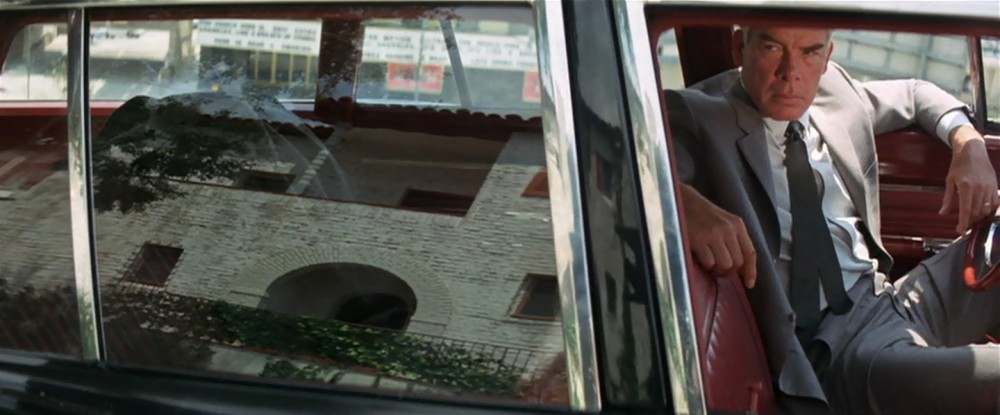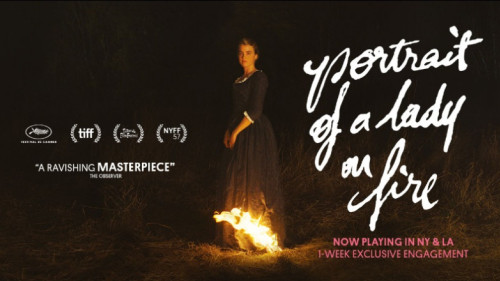Volume 17, Issue 4 / April 2013
Crime-Action Issue
In this issue
-
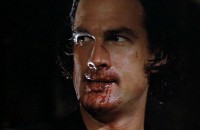
Blockbuster Ideology: Steven Seagal and the Legacy of Action Cinema – Part 1
-
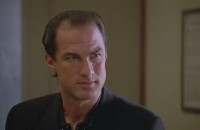
Blockbuster Ideology: Steven Seagal and the Legacy of Action Cinema – Part 2
-
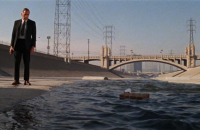
The Art Of Dying: Point Blank (John Boorman, 1967)
-
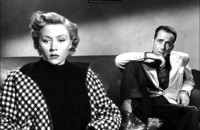
I Knew You Before I Ever Saw You: In a Lonely Place (1950), Part 1
-
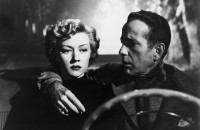
Hollywood Can Be a ‘Lonely Place’: In a Lonely Place (1950) Part 2
In this issue we put the spotlight on the always popular and (consequently?) much maligned crime & action film. Author Kyle Barrowman tackles the long nurtured bias in film studies against the inclusion of action cinema as a viable art form worthy of study. When given any space in academic circles, it is usually to denounce broad ideological readings of the films as lowest common denominator entertainment, not really worthy of serious study on their own, cinematic or otherwise, but rather for what the theorist claims the films are about. But is there really such a gulf between what these critics consider as legitimate art and lower echelon popular film? Is it fair to pigeonhole action films as ‘proletariat pablum’ that is easily and thoughtlessly digested by its fans? The subject of Peter Wilshire’s essay, John Boorman’s Point Blank quickly deflates the notion that all crime or action films are ‘mindless’ or aimed at the lowest common denominator film spectator (a disparaging thought in itself). Kyle Barrowman, who contributed an excellent study of Bruce Lee as a ‘starteur’ in an earlier issue of Offscreen (Volume 16, Issue 6, June 2012) argues otherwise in his two-part essay. Barrowman begins by considering Noel Carroll’s treatment of the terrain in his Philosophy of Mass Art. As Barrowmann carefully argues, it becomes philosophically dishonest to validate, as some critics do (he cites Robin Wood, Andrew Britton, and Stephen Prince), some populist cinema (classical Hollywood, some progressive horror cinema) while denouncing much of the rest as singularly representative of ‘Hegemonic Hollywood’. Barrowman uses the critical/theoretical writing of Wood, Britton and Prince as respective paradigmatic ‘anti-action film’ positions (appropriated from Carroll’s ‘philosophy of mass art’) and deftly provides three Steven Seagal films as counter-examples to the three positions. I know I have encountered a similar bias against horror cinema in the past when proposing it as a serious arena of study, but comparatively speaking (to action cinema) horror has now reached (maybe disarmingly?) an surprisingly high level of academic acceptance (due I think do the growing importance of online scholarship, fan-scholars, the growth of digital availability of horror, and the generational shifts in tenured and freelance academics). Barrowman concludes by asking other like-minded film scholars to pick up the gauntlet and research into the dozens of other stars and films, past and present, which can provide further counter-examples to the notion that action films can not contain a nuanced political engagement. For example, reading about the the presence of actor Henry Silva in Above the Law reminded me of the many Italian crime films of the 1970s Silva appeared in and how they too are often crassly lumped together as violent formula films when in fact many Italian crime films were politically engaged and sourced general and in some cases specific real life political-criminal events that were making headlines in Italy contemporaneously with the films (terrorism, kidnappings, corruptions, bombings, assassinations, etc.). Along with the previously noted essay on Point Blank by Wilshire, a stylistic analysis of how Boorman uses a crime film template to experiment with extreme forms of character subjectivity, the issue contains Elaine Lennon’s two-part essay on Nicholas Ray and Humphrey Bogart’s under-rated noir-crime film In a Lonely Place. Lennon gives a detailed historical analysis of the film in Part 1, looking at the film within the filmography of Bogart and Ray and the 1950s Hollywood industry dynamics; and then in Part 2 of her essay gives a closer study to the film’s many reflexive aspects. (Donato Totaro, ed.)

